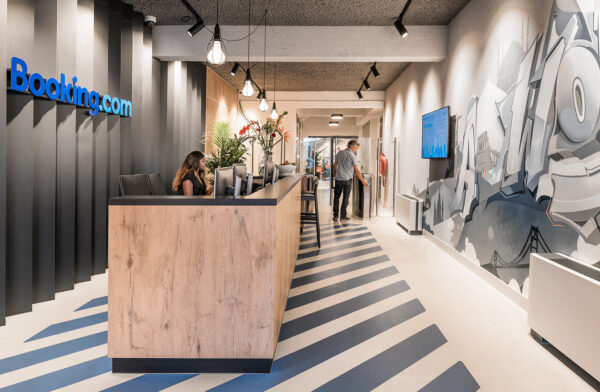Uber: Revolutionizing Mobility One Ride at a Time By Texas Startup Insider
In the heart of San Francisco in 2009, a simple frustration with hailing cabs sparked the idea for one of the most disruptive startups of the 21st century: Uber. What started as a small app-based ride-sharing service has transformed into a global phenomenon, redefining urban mobility and paving the way for the gig economy.
The Genesis
The story of Uber began when co-founders Garrett Camp and Travis Kalanick found themselves stranded, unable to find reliable transportation. This experience birthed the idea for a smartphone app that could connect passengers to drivers in real time. Initially launched as UberCab in 2010, the service began as a premium black car experience in San Francisco.
The Breakthrough
What set Uber apart was its ease of use. The app leveraged GPS technology, allowing users to book rides at the tap of a button. Within months of its launch, the company gained traction, thanks to its competitive pricing and convenience compared to traditional taxis. By 2011, Uber had expanded beyond San Francisco, entering New York City, Chicago, and beyond.
The Disruptor
Uber disrupted the taxi industry in ways no one could have anticipated. Its peer-to-peer model enabled anyone with a car to become a driver, providing flexibility for workers and cost savings for passengers. Despite facing resistance from regulators and protests from traditional taxi operators, Uber’s momentum was unstoppable.
Scaling Globally
With venture capital backing, Uber grew exponentially, entering international markets and introducing services like UberX (affordable rides), UberPOOL (ride-sharing to reduce costs), and later UberEats (food delivery). By 2015, Uber operated in more than 300 cities across six continents.
Challenges and Controversies
Uber’s journey hasn’t been without bumps. From allegations of poor driver treatment to regulatory battles in major cities, the company has faced significant challenges. Perhaps its most infamous chapter was in 2017, when CEO Travis Kalanick resigned amid accusations of fostering a toxic workplace culture.
Despite these setbacks, Uber has demonstrated resilience, going public in 2019 with one of the largest IPOs in tech history.
Texas and Uber: A Synergy
Texas has been a critical market for Uber, with cities like Austin, Dallas, and Houston embracing its services. The state’s startup-friendly ecosystem aligns with Uber’s ethos of innovation. Even amidst regulatory hurdles, Uber found a way to thrive in Texas by collaborating with local governments and adapting to community needs.
The Future of Uber
Under current CEO Dara Khosrowshahi, Uber has evolved into a diversified mobility company, venturing into electric vehicles, autonomous driving, and logistics. In 2024, Uber continues to lead the charge in transforming how the world moves, all while striving to address its social and environmental impact.
A Lesson for Texas Startups
Uber’s story is a powerful reminder that great startups often emerge from solving everyday problems. For Texas entrepreneurs, the lesson is clear: focus on user experience, scale fast, and adapt to challenges without losing sight of the mission.
In the words of Travis Kalanick, “Every problem is an opportunity in disguise.” Uber didn’t just solve a transportation problem—it created a new way of life.
What's your reaction?
Excited
0
Happy
0
In Love
0
Not Sure
0
Silly
0







